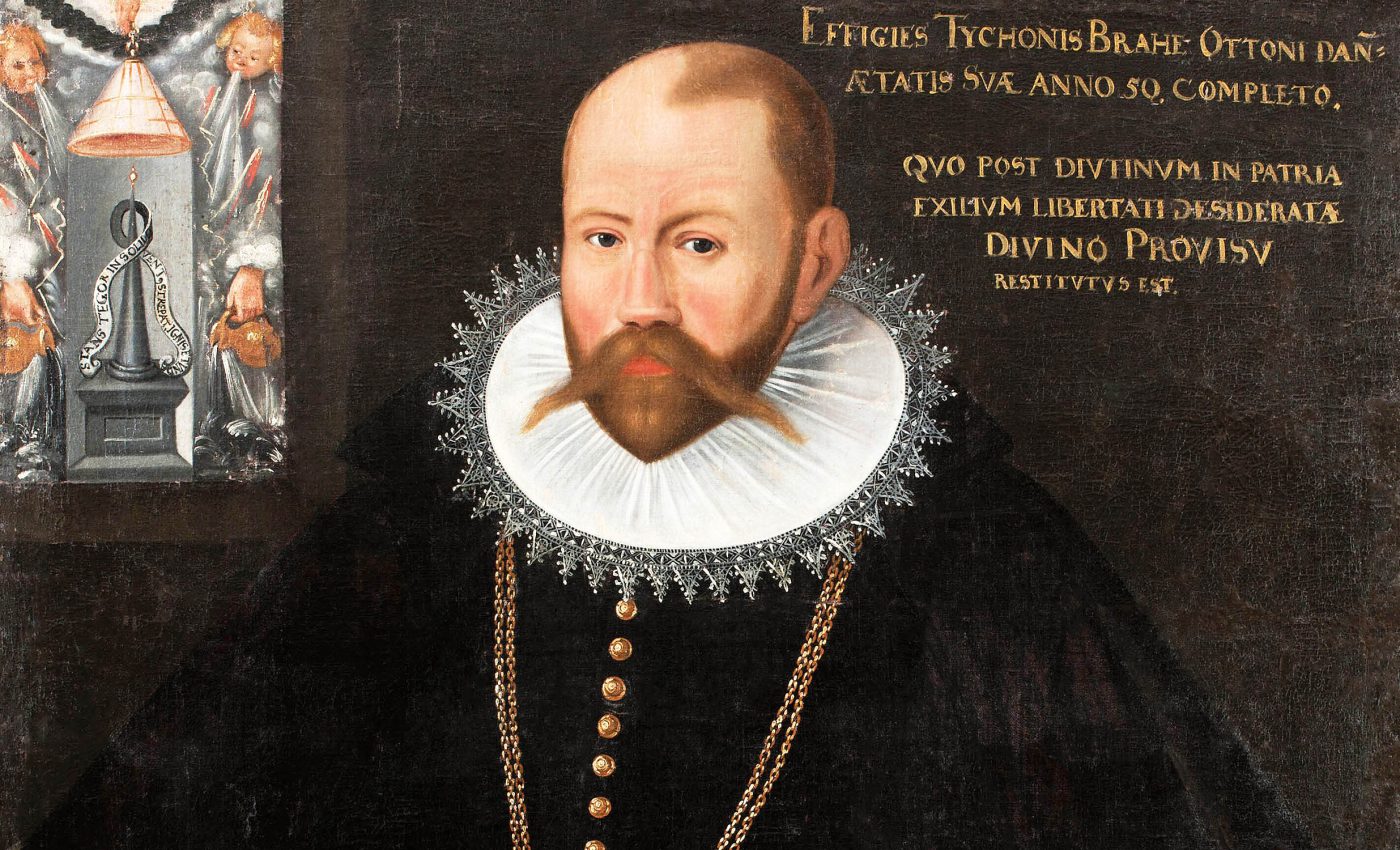
Search of Tycho Brahe's alchemy lab yields element that confounds scientists
The alchemist and astronomer Tycho Brahe left an indelible mark on the Renaissance era with his work, which was well ahead of his time.
The well-preserved and somewhat mystifying ruins of Uraniborg, on the now Swedish island of Ven, stand tall as a testament to his brilliant and enigmatic mind.
Yet, these ancient walls cradle more than just celestial secrets; they harbor the elusive mysteries of alchemical endeavors that Brahe pursued with equal fervor.
Tycho Brahe’s alchemy secrets
Descend beneath the surface of his one-time residence and observatory, and you’ll uncover the remnants of Brahe’s once-thriving alchemical laboratory.
Notoriously private and secretive, like many alchemists of his time, Brahe left behind a handful of cryptic alchemical recipes and little else to detail his experiments.
Following the demolition of Uraniborg in 1601, the materials were repurposed, leaving precious few clues about his clandestine works hidden from the prying eyes of history.
However, a compelling find during a late 20th-century excavation in Uraniborg’s weathered garden led to a breakthrough in understanding Brahe’s alchemical practices.
Several pieces of pottery and glass shards, believed to come from Brahe’s underground alchemical lab, were found, providing new insights into his mysterious experiments.
Analyzing Tycho Brahe’s past
Prof. Kaare Lund Rasmussen, Professor Emeritus from the University of Southern Denmark, along with Senior researcher Poul Grinder-Hansen from the National Museum of Denmark, embarked on a fascinating journey to meticulously scrutinize these ancient relics.
By analyzing five of these shards — four glass and one ceramic — they sought to identify the elements that had come into contact with these glass and ceramic containers, hoping to uncover the materials used in Brahe’s alchemical experiments.
The result? Enriched levels of numerous trace elements, with a single glass shard displaying no specific enrichment.
This groundbreaking research has made its way into the journal ‘Heritage Science,’ providing valuable insights into the substances employed in Brahe’s mysterious alchemical lab.
“Most intriguing are the elements found in higher concentrations than expected — indicating enrichment and providing insight into the substances used in Tycho Brahe’s alchemical laboratory” remarks Kaare Lund Rasmussen.
The enriched elements run a broad gamut, with nickel, copper, zinc, tin, antimony, tungsten, gold, mercury, and lead detected either on the inside or outside of the shards.
The tungsten enigma
While most of these elements don’t raise eyebrows for an alchemists’ lab, the presence of one element—tungsten — bears an air of mystery.
“But tungsten is very mysterious. Tungsten had not even been described at that time, so what should we infer from its presence on a shard from Tycho Brahe’s alchemy workshop?” Rasmussen reflects on this conundrum.
The Swedish chemist Carl Wilhelm Scheele first described and produced pure tungsten almost two centuries later.
However, Rasmussen proposes a plausible theory: perhaps Tycho Brahe might have been aware of tungsten’s existence through the writings of the German mineralogist Georgius Agricola, who mentioned a mysterious substance found in tin ore during the first half of the 1500s.
This suggests that Brahe may have had knowledge of this element long before its official discovery.
The alchemist-astronomer
Unlike some of his contemporaries, Brahe did not indulge in the vain pursuit of transmuting base metals into gold, a common goal among alchemists of his time.
Instead, he focused on the more practical and noble aspiration of concocting medicines to combat the prevalent maladies of his epoch, such as the plague, syphilis, and leprosy.
It might seem odd that Tycho Brahe dabbled in both astronomy and alchemy, but his worldview clarifies this. He saw clear links between celestial bodies, earthly substances, and human organs.
For instance, he connected the Sun with gold and the heart; the Moon with silver and the brain; Jupiter with tin and the liver; Venus with copper and the kidneys; Saturn with lead and the spleen; Mars with iron and the gallbladder; and Mercury with mercury and the lungs.
“Minerals and gemstones could also be linked to this system, so emeralds, for example, belonged to Mercury,” explains Poul Grinder-Hansen, National Museum of Denmark.
Uraniborg, with all its mystery, still holds secrets from a fascinating past. Every artifact we discover and analyze brings us closer to understanding Brahe’s alchemy lab, revealing an alchemist who was just as interested in the stars as he was in his experiments.
—–
Like what you read? Subscribe to our newsletter for engaging articles, exclusive content, and the latest updates.
Check us out on EarthSnap, a free app brought to you by Eric Ralls and Earth.com.
—–













